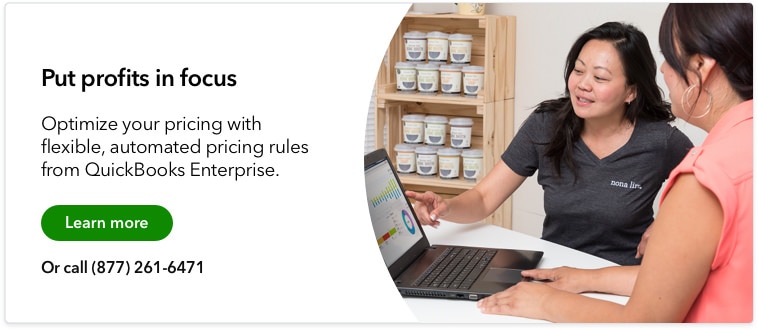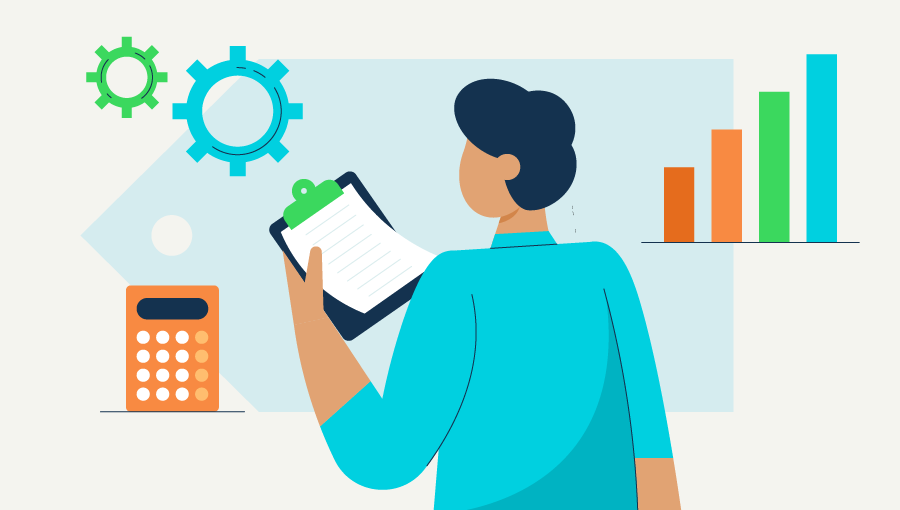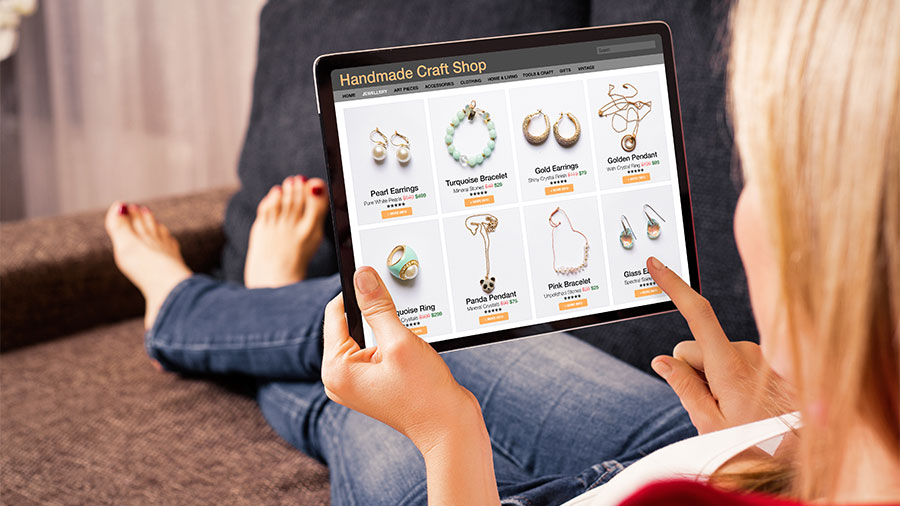Tiered pricing is a pricing strategy businesses use to present customers with several product or service options, with corresponding pricing levels.
Tiered pricing sets price points that reflect the total volume of items in a purchase or subsets of features within more complex products or services. The price of items above certain volume thresholds or that contain certain features change according to their assigned “tier.”
What is a tiered pricing model?
Manufacturing or wholesale companies that sell in large volumes may find success with tiered pricing by creating tiers that encourage customers to increase their order size.
For example, let’s say Acme Manufacturing prices the first 1-10 widgets a customer buys in an order at $1 each. After buying 10, the customer would pay $0.75 for each widget up until the order has 20 widgets, and then would only pay $0.50 a widget for any number of widgets above 20.
Retailers can use tiered pricing to sell similar items with different features in ascending price levels to appeal to more customers. For instance, imagine that Taylor’s T-Shirts sells featherweight t-shirts for $10 each, regular t-shirts for $12, and premium heavy-weight t-shirts for $15. Each tier has a different price according to fabric quality, giving potential customers the ability to upgrade their purchase at a higher price.
Software-as-a-service (SaaS) companies tend to like a tiered pricing structure because it allows them to sell versions of their product with more advanced features added to the base model, thereby pulling customers into higher price tiers.
Say Sparkplug SaaS Software sells its basic software tier for $20 a month. It may offer an enhanced package that adds additional functionality for a total of $30/month and an even more deluxe option that includes on-demand customer support for $50/month.
Tiered pricing helps businesses serve more customers with multiple offerings that meet their unique needs. By offering more value to customers with each successive tier, businesses can meet more customers where they are while creating a better-optimized pricing structure for the business.
Tiered pricing vs. volume pricing
It’s common to confuse tiered pricing with volume pricing, a similar but distinct strategy for offering customers a discount as they purchase a higher volume of items.
With tiered pricing, you retain a set price per unit in each tier even as you lower or raise the price for tiers above. In volume pricing, you lower the price of all the items in the order as soon as the customer reaches a particular threshold.
For example, if Acme Manufacturing were using volume pricing, it would charge $1 a widget for the first 1-10 widgets in the customer’s order. If the customer decides to buy more than 10 widgets, all of the items in the order will fall to $0.75, and if the customer chooses to buy more than 20 widgets, the price for each will fall further to $0.50.
If the Acme customer decides to checkout with 35 widgets, Acme gains more revenue from the sale by using tiered pricing instead of volume pricing.
This is because the first 10 widgets are priced at $1 each (total cost of $10), the second 10 widgets are priced at $0.75 each ($7.50), and the final five widgets are priced at $0.50 each ($2.50), for a total of $20.
If Acme used volume pricing, all 35 widgets would be priced at $0.50, for a total of $17.50.
When should you choose tiered pricing over volume pricing?
Each pricing strategy has advantages and disadvantages. Which method to use can depend on many factors, including:
- Stock levels
- Sales
- Industry
- Market dynamics
- Timing
Tiered pricing can persuade customers into upgrading their purchase at a higher-priced product tier.
Volume pricing is better for moving excess inventory quickly or selling raw materials at large volumes to increase order sizes.
What are the benefits of tiered pricing?
Tiered pricing is a popular pricing strategy because it offers businesses a way to generate more revenue from the value they provide customers. Here are three key benefits to using tiered pricing for your products or services.
1. Attract a broader range of customers
Customers with different budgets and priorities will be able to buy from retailers who offer a range of price points.
By offering different tiers of pricing for t-shirts of varying quality, Taylor’s T-Shirts attracts a teenage shopper to buy a featherlight shirt, a workman on his lunch break to pick up a regular shirt from the next tier, and an older woman to purchase a premium shirt for a night out.
2. Boost sales by encouraging upgrades to higher tiers
Once customers buy the basic product for a lower price, they will be more likely to switch to an enhanced version from the next tier.
Say Sparkplug Software gets a new customer for its basic software tier. After six months, the customer needs change; they inquire about additional functionality. Sparkplug’s sales rep is able to move the customer into the second-tier subscription, which offers the feature the customers needs.
3. Bring in more revenue with higher-volumes sales
Customers are motivated to buy when they see that they can pay less for several units by adding more volume to their order.
Let’s say Acme used to price their widgets at $1 flat with not tiered-pricing discount. After Acme switched to a tiered pricing model, a manufacturer might come in to purchase the 10 widgets the current job needed but would then purchase 10 more at the tier-2 price on spec after seeing they could get their additional widgets for $.75.
After all, there’s a good chance those extra 10 will come in handy in the future, and it’s cheaper to buy them pre-emptively under a tier-2 price than full-price in a separate sale.
Best practices for implementing tiered pricing
Here are some best practices to use when getting started with tiered pricing for your product or services.
Design tiers based on buyer personas. Envision which types of customers will be attracted by which tier, and then design the offering and pricing based on your understanding of that hypothetical customer.
Align pricing and value in each tier. The prices in your tiers should make sense from a value perspective. If you double the price from tier 1 to tier 2, make sure that the tier-2 product provides at least double the value.
Differentiate the tiers. Make sure the value customers get from each tier is clearly defined and expressed. If differentiation isn’t clear, customers will have a harder time seeing the incentives for moving among them.
Final Thoughts
One good thing about pricing strategies is they are never set in stone. You can continually optimize pricing with accounting software that enables you to customize and automate pricing rules with ease. This allows you to experiment with different levels, prices, and numbers of tiers to see what works best to attract customers and maximize your business revenue.












